Dressage: The Art & Foundation of All Disciplines
Dressage, as a discipline, serves as the basis for almost every other discipline in the equine world. Whether the training goal is to improve the basic gaits of the horse, promote suppleness or simply introduce gymnastics in the daily work, all exercises are closely related to solid dressage foundations.
Practices like reining, jumping, driving, and even seemingly opposite cultures like western horsemanship all draw their approaches from the concepts developed in elements of dressage.
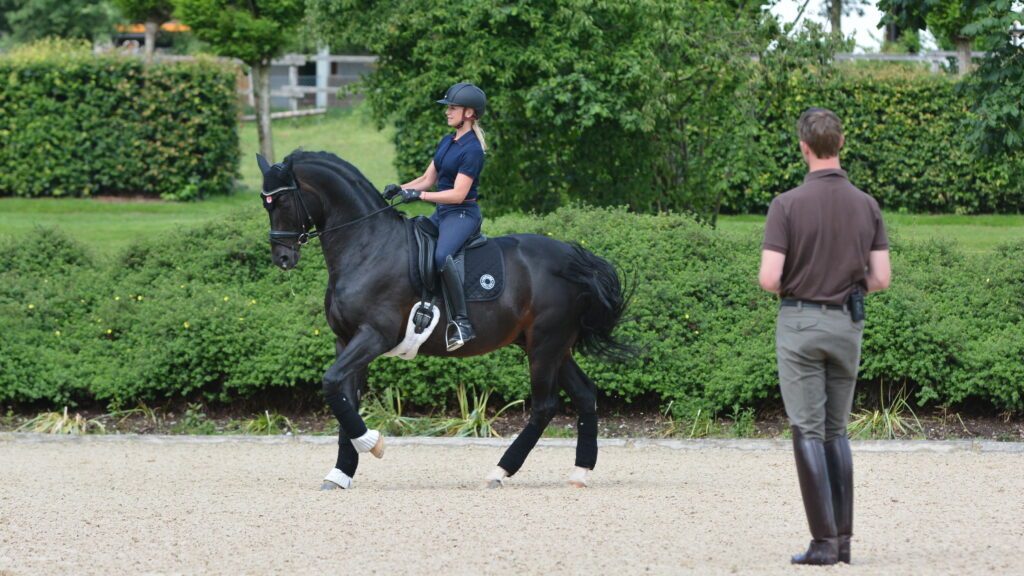
The Birth of a New Philosophy
The oldest form of horsemanship dates back to approximately 400 B.C., as documented by classical Greek practitioners like Xenophon. The General’s book, The Art of Horsemanship, defines the basis for this discipline, fundamentally indicating that “riding is the fusion of two living beings, horse and rider, into a living work of art with a unique beauty.” This idea, over time, having developed into the Olympic sport we see today. This high-level competition carries the French name, meaning “training”, and its principles are founded upon the idea of developing a supple, balanced horse capable of remaining calm and focused. The pyramid of training offers practitioners a model for a system with which to develop a horse under time. The ultimate goal is to essentially develop mastery; a horse conditioned to its ultimate athletic condition, who remains attentive to both the rider as well as any given maneuvers it is being asked to perform.
Basic Guiding Principles
When spectators watch a given dressage performance, it often appears as though the rider is sitting motionless as they watch a given horse, or team, perform incredible accurate, harmonious exercises. Many people liken it to dance, and with valid reason. The goal of dressage is to develop a horse’s flexibility, responsiveness to aids, and balance. But the development of dressage, like any good art, is unending. It is far more process than product, with both horse and rider aiming to continually improve upon themselves; an infinite quest for greatness.
A Visual Reference: The Dressage Training Scale
The original dressage pyramid was developed by the German military to ensure that each generation remembered and observed the elements of dressage the manner in which they were to correctly be understood. It is comprised of a total of six components:
- Rhythm
- Relaxation
- Connection
- Impulsion
- Straightness
- Collection
It is important to understand that, though there is a given order, or approach with which to develop the dressage horse, all of these components are interrelated and work together during both the training process, as well as within any given performance.
1. Rhythm
Rhythm refers to the consistency of movement. It is also referred to as cadence and showcases a horse’s ability to maintain a controlled, forward movement with steady paces. It is much like music in that there is a steady tempo with which a horse is traveling and this “beat” neither speeds up unexpectedly, nor does it drag or slow down. It is consistently, like the perfect harmonies and melodies found within a song, and it showcases both the control of the rider, the athleticism of the prospect, as well as the ongoing, though nearly invisible, communication between the two.
2. Relaxation
Relaxation in dressage is not only required of the horse, but also of the rider. That is not to say that both parties are not focused, quite the opposite, but to maintain the level of focus required to perform the caliber of difficulty within dressage, there can not be any fear or anxiety that adulterates the minds of the competitors in the arena. Relaxation is achieved through connection and collection and is judged by assessing the position of the horse’s head, neck and trunk, with riders ultimately achieving a rounded topline and a supple back.
3. Connection
In dressage, the term connection refers to the relationship and communication between horse and rider. Elite trainers argue that the best connection begins from nothing more than an independent, relaxed seat, and the quiet, neutral absence of aids. A rider’s three aids refer to his hands, his seat, and his legs, as these are the most crucial means of communicating with a horse.
4. Impulsion
Impulsion is a term used to describe a horse’s ability to drive up through his hindquarters and maintain forward movement, while remaining supple and collected. It is a controlled power, and should always be driving the horse upwards and forwards. Horses should never be dragging themselves along as they are moving or pulling using the front half of their body, but rather should be driving up through their hocks and gaskins–creating and maintaining that powerful forward movement.
5. Straightness
Straightness in this discipline refers to the development of impulsion as well as evenness between right and left. A horse must essentially be moving straight to maintain balance, and this not only refers to movement in straight lines, but also lateral and vertical movement. A prerequisite to straightness is suppleness, and there exist a multitude of exercises a trainer can use to achieve suppleness in his or her horse.
6. What does a Collected Horse Look Like?
Collection is often considered the pinnacle of the total sum of the dressage components. It is described as when the horse “shows that through additional training [he] accepts more weight on the hindquarters (collection), shows the uphill tendency required at the medium gaits and is “willingly on the bit.” This degree of complexity requires the horse to be engaged, both physically and mentally, and to exhibit lightness and self-carriage. The competitor will be utilizing impulsion through his hindquarters while still remaining light and rounded. Because the center of mass is shifted backward, the forehand is lightened, the neck is raised and arched, and the whole topline is stretched. He will maintain a powerful, forward momentum, while still maintaining an even gait and cadenced steps and stride. The partnership between horse and rider having been fully developed, their communication is seamless and the performance appears effortless.
Schools of Thought
Like any competitive discipline, naturally, there exist several schools of thought. The School of Légèreté by the Frenchman Philippe Karl is grounded in the belief that logical, practical, systematic approaches are of best practice in developing a dressage prospect. This is all accomplished without the use of artificial aids or coercive training tactics. Classical schools teach to begin by developing a horse physically, while also teaching its mind to develop the ultimate athlete and dressage horse, and there exist variations of those approaches to dressage training and many more. Like any learner, each horse’s unique needs and abilities must be approached slightly differently, so the trainer must adjust for that
A Lasting Legacy
No other discipline has beginnings and roots steeped as deeply as dressage. The basic principles that define its underlying philosophy; ideas like balance and athleticism, deep-rooted, authentic learning, and the idea that, as a superior athlete, you are only competing against yourself, these are all ideas born out of the discipline of dressage. Historically, the practices and approaches seen in the arena today are mere adaptations of the ideologies prescribed and documented by Xenophon all those years ago–foundational skills and concepts that transcend the dressage area and continue to create the foundation of any modern-day discipline seen in horse arenas worldwide. The next time you are watching a trainer working with any horse, know that what you are watching, ultimately, was born of the world of dressage.
“The goal of all dressage riding should be to bring the horse and rider together in harmony, a oneness of balance, purpose, and athletic expression.” ~Walter Zettl
Articles about Dressage
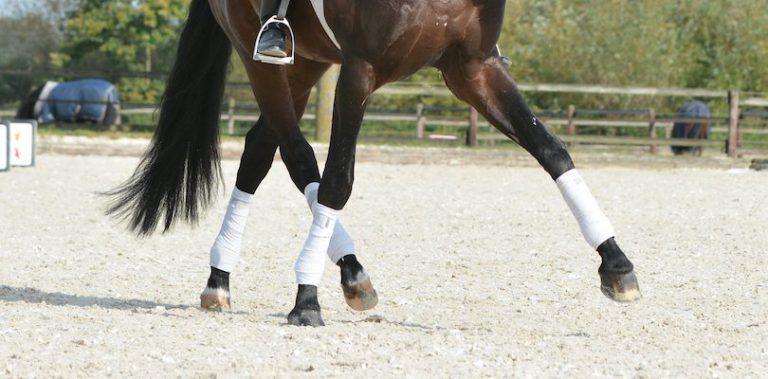
Lateral Exercises in Dressage: From Leg Yield to Half Pass
The first-time seeing dressage in action is much like watching magic. The complexity and discipline required to execute such intricate, sophisticated patterns and maneuvers is almost unbelievable.
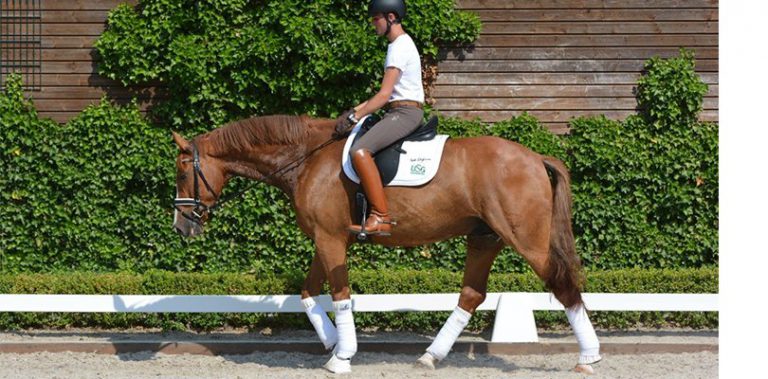
Forward & Down: The Key to a Correct Stretching Posture
Everyone talks about how stretching forward and downwards towards the bit is good for the horse, but actually being able to do it correctly is not so easy.
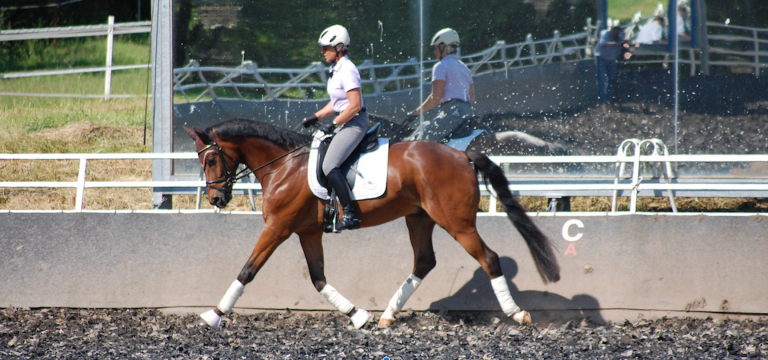
The Real Definition of Impulsion in Dressage
Correct impulsion isn’t only meant to look nice in the dressage arena, it’s also a requirement of correct dressage training.
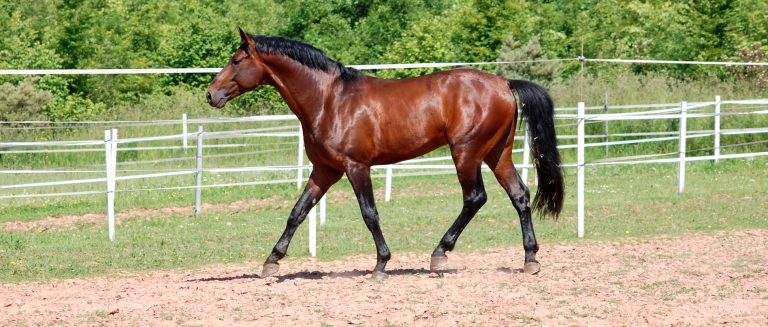
The Walk of your Horse: An Underestimated Gait
In this article you will find out why paying more attention to your training in walk will help your riding, with the likelihood of making more advanced movements easier to ask for and achieve.
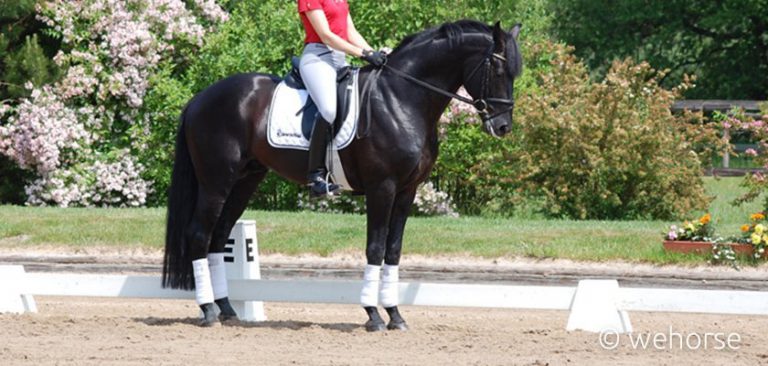
Riding a Correct Dressage Halt: How to Score Points at Competitions
There’s one thing that can help you collect extra points at your next dressage test: riding a good dressage halt! That’s because a good halt counts as much as other “more difficult” dressage skills.
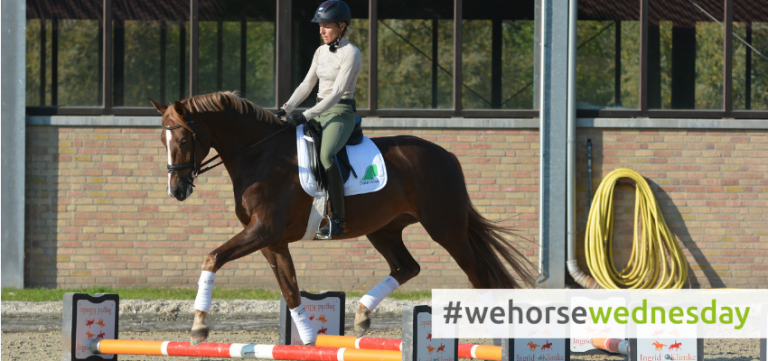
3 Cavaletti Exercises for your Horse
Cavaletti exercises are a great opportunity for horses of all ages and levels to get in some gymnastic work.
